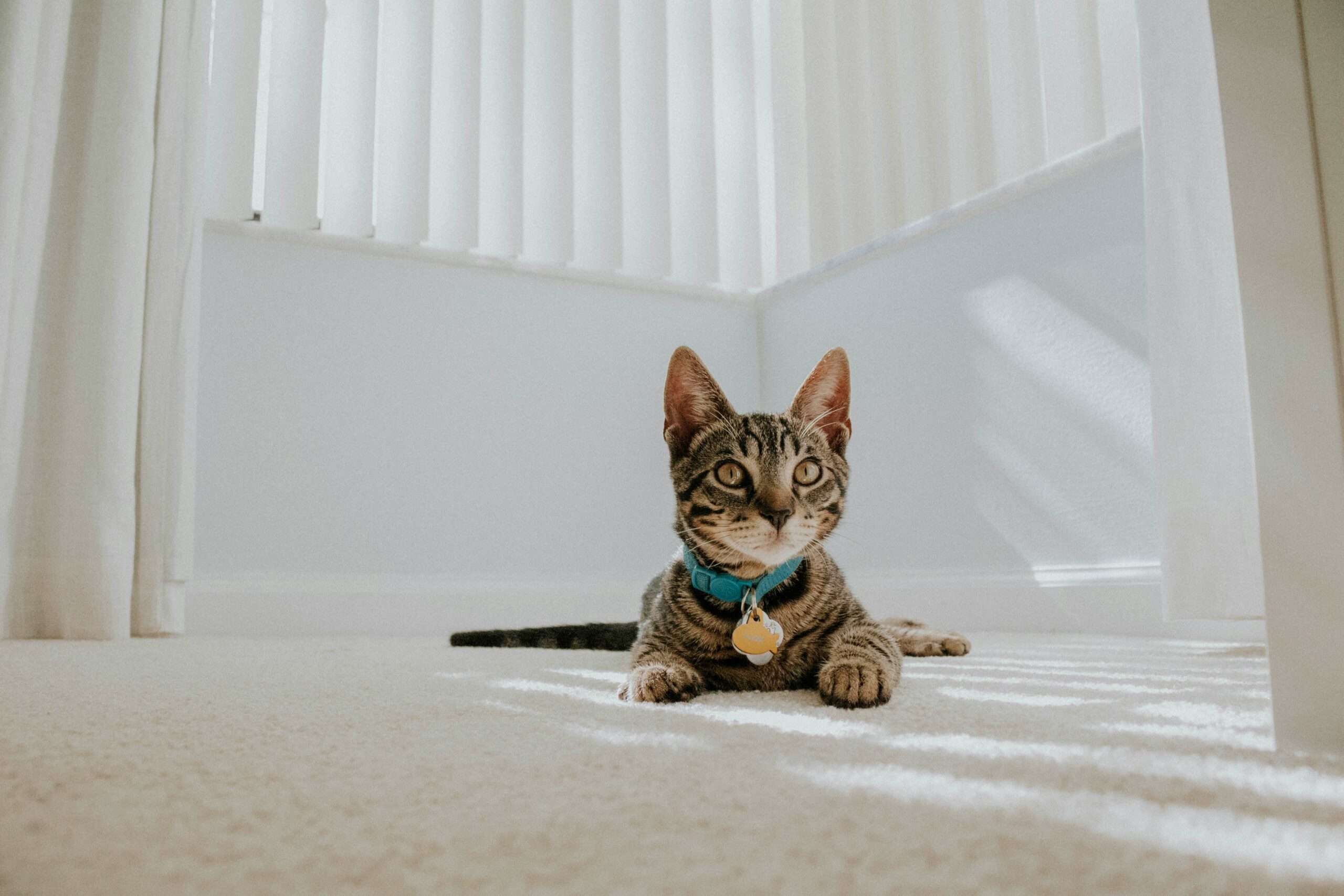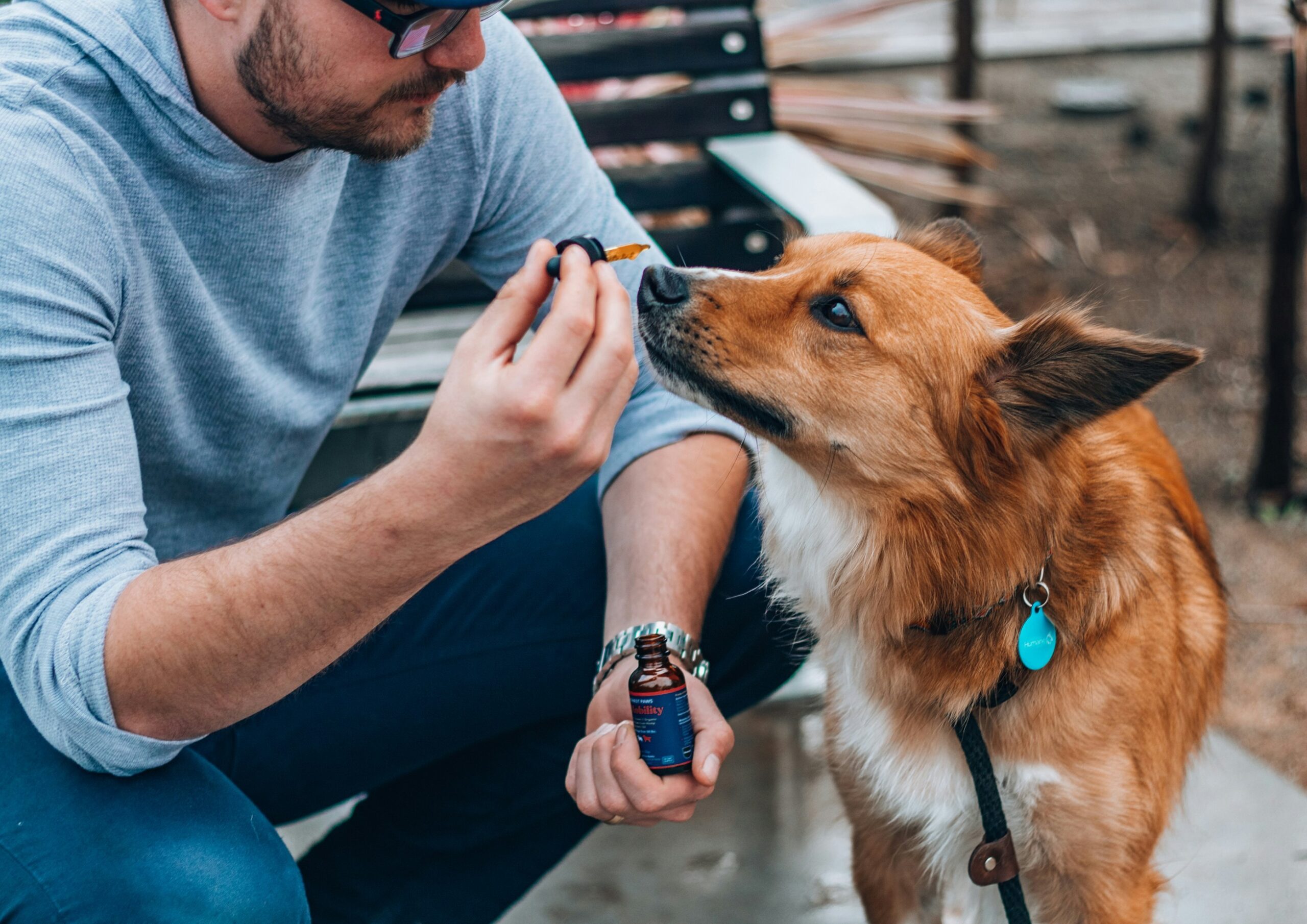Ever wondered how much that tiny earpiece for your pup would cost you out of pocket? Yeah, it’s no joke. The average hearing aid for pets can set you back anywhere from $500 to over $3,000—and that’s before vet consultations and follow-ups. If your dog or cat has been diagnosed with hearing loss, pet insurance might just be the secret weapon you didn’t know about. But does it cover pet hearing aids? Let’s break it down.
In this post, we’ll walk you through everything you need to know about pet hearing aid coverage, including why it matters, how to choose the right plan, and real-world tips to maximize your benefits.
Table of Contents
- Key Takeaways
- The Problem: Why Pet Hearing Loss Is More Common Than You Think
- Step-by-Step Guide to Finding Coverage
- Tips for Maximizing Coverage Benefits
- Real-Life Example: How One Family Saved Big on a Pet Hearing Aid
- Frequently Asked Questions About Pet Hearing Aid Coverage
- Conclusion
Key Takeaways
- Pet hearing aids are expensive but critical for improving quality of life.
- Not all pet insurance plans include pet hearing aid coverage.
- Some providers offer customizable add-ons tailored to specific needs.
- Researching deductible limits, co-pays, and exclusions is essential.
The Problem: Why Pet Hearing Loss Is More Common Than You Think
Let me start by sharing an embarrassing moment—I totally missed the signs when my own dog, Max, started losing his hearing. At first, I thought he was just ignoring me (because, well, he does that). Then one day, during a routine checkup, the vet dropped the bombshell: Max had significant hearing loss due to untreated ear infections.
And guess what? This scenario isn’t rare. According to veterinary studies, nearly 20% of senior dogs develop some form of hearing impairment. For cats, while less common, congenital issues like white coat gene-related deafness affect thousands annually. Yet many owners aren’t aware they even have options beyond lip-reading hand signals or louder commands.

Hearing aids designed specifically for animals exist, but their high costs make them inaccessible for most families without financial help. That’s where the magic of pet hearing aid coverage comes in—if you know where to look.
Step-by-Step Guide to Finding Coverage
Finding the right coverage doesn’t have to feel like navigating a labyrinth blindfolded. Here’s your foolproof guide:
1. Assess Your Current Plan
Start by reviewing your existing policy—or shopping around if you don’t already have pet insurance. Some lower-tier plans won’t touch specialized treatments like hearing aids unless explicitly stated.
2. Look for Customizable Add-Ons
Many top insurers (we’re looking at you, Healthy Paws and Trupanion) let you customize plans to include things like dental care or niche medical devices—including hearing aids—via optional “wellness packages.” Think of it as upgrading from basic cable to premium channels.
3. Ask About Exclusions
“Optimist You:” “Surely every condition must be covered!”
“Grumpy You:” “Yeah, right. Pre-existing conditions? Forget about it.”
Insurance companies love fine print. Double-check whether any pre-existing issues related to your pet’s ears could void claims later.
Tips for Maximizing Coverage Benefits
- Act Fast: Early intervention means smaller bills and better outcomes.
- Keep Records: Save receipts, invoices, and diagnostic reports—it makes filing claims smoother.
- Compare Quotes: Don’t settle on the first quote. Use comparison tools to shop smart.
- Avoid Terrible Advice: No, buying human hearing aids off eBay and trying to fit them onto Fido isn’t going to end well. Trust us on this.
Real-Life Example: How One Family Saved Big on a Pet Hearing Aid
Meet Sarah from Austin, Texas. Her cat Luna went deaf after years of recurrent infections. Determined to give Luna her best shot at normalcy, Sarah enrolled in a comprehensive pet insurance plan that included rehabilitation device coverage.
“I honestly didn’t think insurance would pay for something so niche,” she admits. “But when Luna got fitted with her custom earmold, our claim was approved almost instantly!”
Total bill: $2,800. Out-of-pocket after reimbursement? Just $400. Not too shabby.

Frequently Asked Questions About Pet Hearing Aid Coverage
Is pet hearing aid coverage really worth it?
Absolutely. While not all pets require hearing aids, those who do often see dramatic improvements in behavior and social interaction.
How much should I expect to pay monthly?
Premiums vary widely based on provider and location, ranging from $20-$70 per month. Always weigh premiums against deductibles and coverage caps!
Do wellness plans always include hearing aids?
Nope. Most exclude advanced tech outright unless upgraded. Call ahead to confirm.
Conclusion
Navigating the maze of pet insurance can feel overwhelming—but armed with knowledge about pet hearing aid coverage, you’re ready to advocate for your furry friend. Remember: early action + thorough research = happier, healthier pets.
Like a Tamagotchi, your SEO strategy—and your pet’s health—needs daily care. Keep those ears perked and those policies reviewed!


